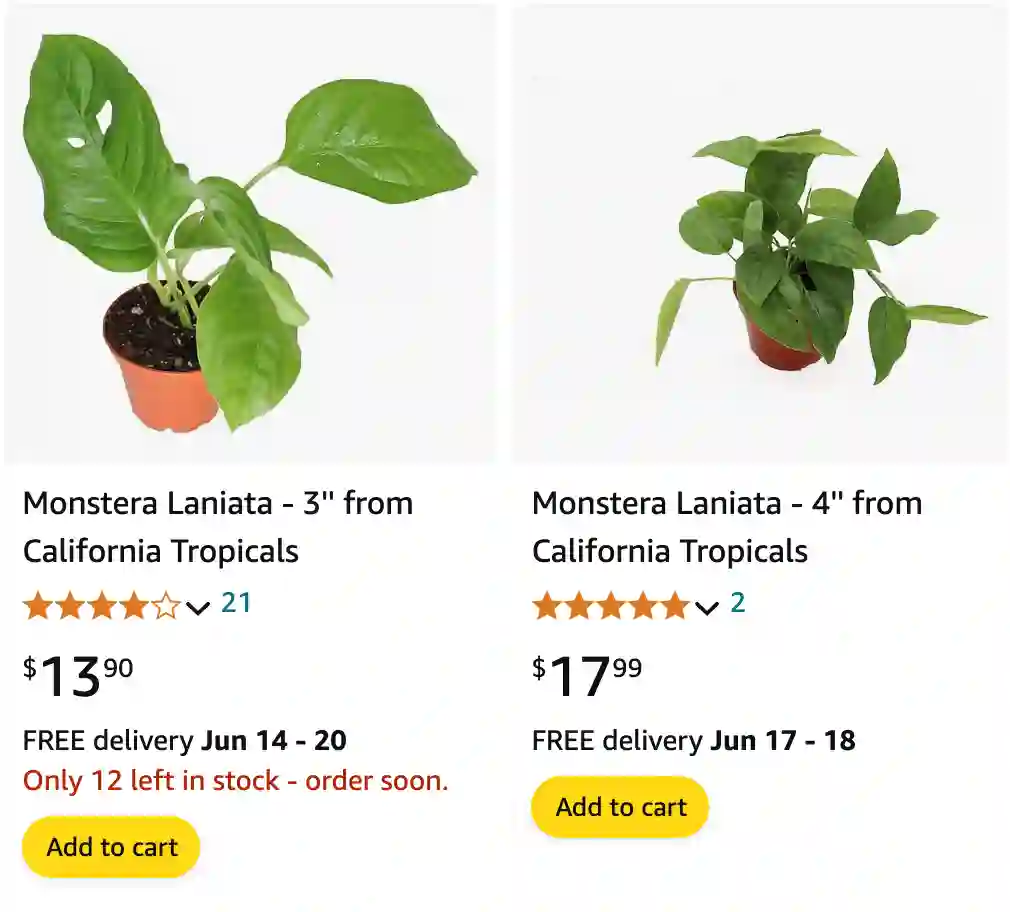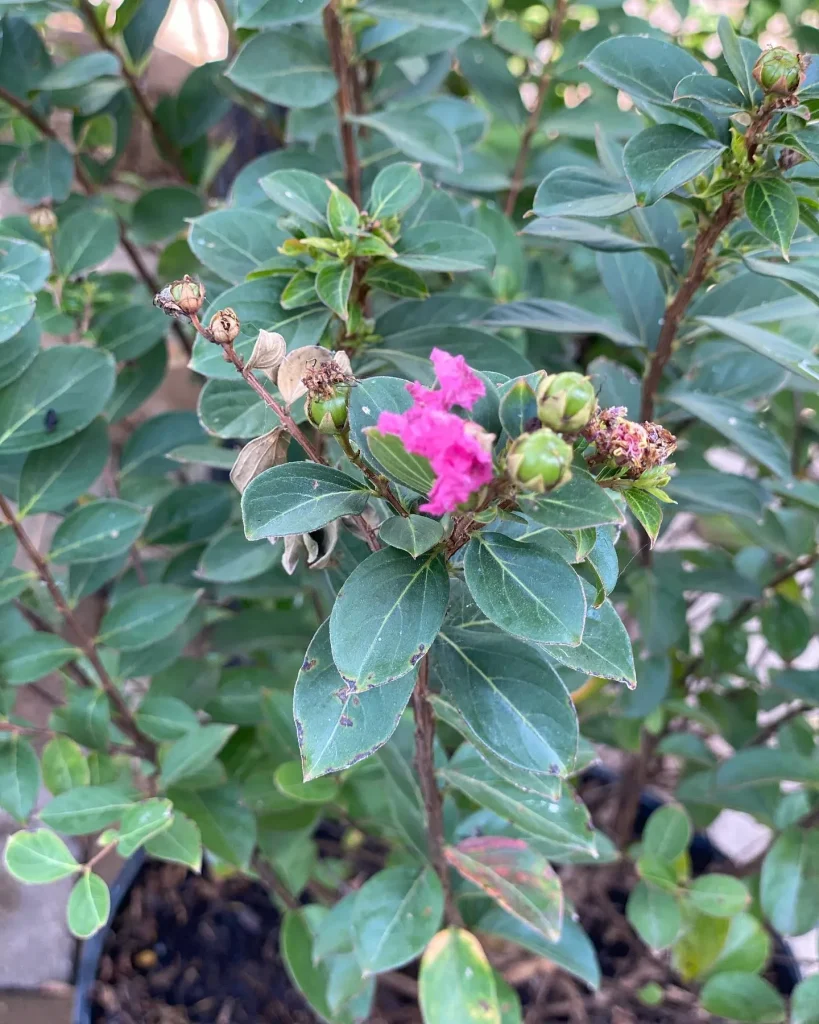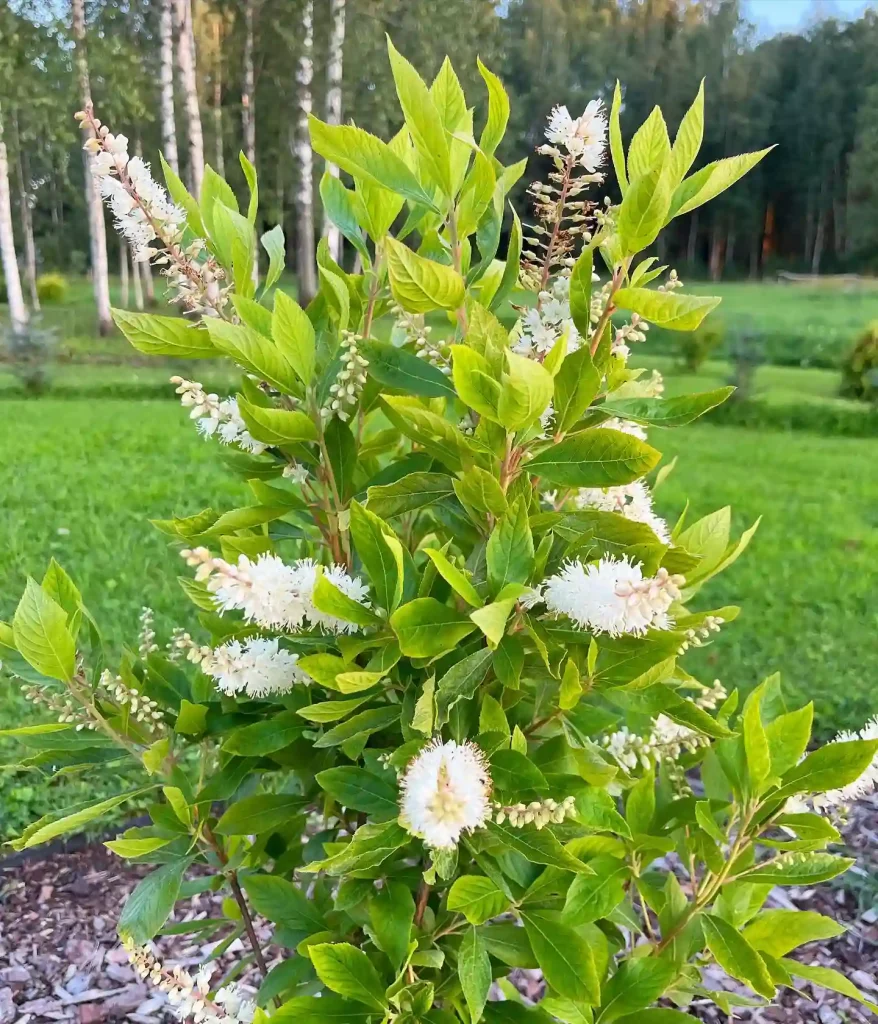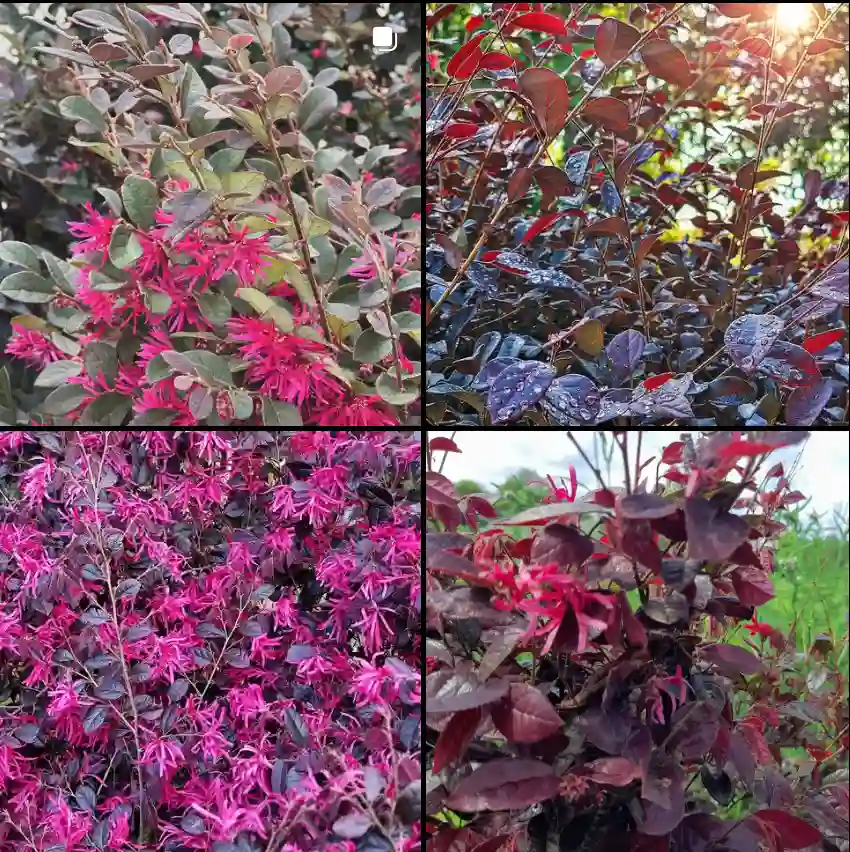
Monstera Laniata: Unveiling the Secrets of the Large Leaf Climber
Hi everyone, Ferb Vu here! Today, we’re diving deep into the world of the stunning Monstera Laniata, also known as the Little Swiss Cheese Plant. This magnificent climber boasts impressive foliage and easy-going care requirements, making it a popular choice for plant enthusiasts.
Whether you’re a seasoned plant parent or a curious newcomer, this FAQ will equip you with all the knowledge you need to cultivate a thriving Monstera Laniata.
67 Species in Genus Monstera
What is a Monstera Laniata?
The Monstera Laniata is a subspecies of the well-known Monstera Adansonii. It’s a tropical climbing vine native to the rainforests of South America. Much like its cousin, the Laniata features stunning, deeply lobed leaves with a glossy sheen. However, the Laniata stands out with its larger, more oval-shaped leaves that boast prominent lobes and semi-pointed tips.
This captivating plant adds a touch of the tropics to any indoor space. Its lush foliage and climbing nature make it a perfect candidate for moss poles or trellises, allowing it to showcase its cascading beauty.
Monstera Laniata vs Monstera Adansonii
While the Monstera Laniata and Monstera Adansonii share some similarities, there are key distinctions to keep in mind. Let’s break it down:
- Leaf Size and Shape: The Laniata reigns supreme in the size department, boasting larger, more oval-shaped leaves with well-defined lobes. The Adansonii, on the other hand, sports smaller, triangular leaves with less prominent lobes and a distinct pointed tip.
- Leaf Color: The Laniata tends to have a deeper, glossier green compared to the Adansonii’s slightly lighter shade.
- Growth Habit: Both varieties are climbers, but the Laniata may exhibit faster growth, especially when provided with a support structure.
Monstera Laniata vs Esqueleto
Monstera Laniata, renowned for its glossy leaves and pronounced fenestrations evenly spaced along the central vein, exudes elegance and allure. Conversely, the Monestra Esqueleto, also recognized for its fenestrated leaves, captivates with elongated and uniquely contoured perforations resembling a skeletal framework. These differences in leaf fenestrations and shapes between the two plants offer enthusiasts contrasting options to explore within the realm of Monstera species, each possessing its own alluring charm.
Monstera Laniata vs Lechleriana
Monstera Laniata and Monstera Lechleriana are distinctive species within the Monstera genus, each celebrated for their unique leaf characteristics. With its glossy green leaves adorned with patterned fenestrations, the Laniata showcases a striking resemblance to a piece of intricately perforated textile, adding a touch of sophistication to any space. On the other hand, the Lechleriana stands out with its velvety matte leaves, displaying a rich emerald color and an intricate pattern of natural leaf holes that creates an artful arrangement. While both plants share a tendency for fenestration, they each bring a distinct texture and visual appeal, offering enthusiasts diverse options for creating lush and captivating indoor gardens.
Monstera Laniata vs Acuminata
Monstera Laniata and Monstera Acuminata, though both belonging to the Monstera genus, are strikingly unique in their leaf forms. The Laniata boasts broad, deeply-lobed leaves with a pronounced perforated design that closely resembles a piece of decorative lace. In contrast, the Acuminata presents elongated leaves with a tapering, lance-like shape, creating a look that is both elegant and unusual. The Laniata’s leaves appear as intricate greenery with delicate patterns carved into them, while the Acuminata’s foliage exudes a more elongated, simplistic charm. These distinctions in leaf structure and aesthetics offer plant enthusiasts diverse choices to curate captivating indoor green spaces.
How to care for Monstera Laniata?
The Monstera Laniata is a forgiving houseplant, but understanding its basic needs will ensure it thrives in your care. Here’s what you need to know:
- Light: Laniata prefers bright, indirect sunlight. Avoid harsh direct sun, which can scorch the leaves.
- Watering: Don’t be a watering warrior! Like most Monsteras, the Laniata prefers to dry out slightly between waterings. Allow the top inch or two of soil to dry before giving it a thorough drink.
- Soil: Opt for a well-draining potting mix that allows for proper aeration. Aroid mixes or standard potting mixes amended with perlite or orchid bark work well.
- Humidity: While Laniata tolerates average household humidity, it appreciates a slight boost. Grouping plants together or using a pebble tray with water can help increase ambient moisture.
- Fertilization: During the active growing season (spring and summer), a balanced fertilizer diluted to half strength can be applied monthly.
Can Monstera Laniata Be Propagated?
Absolutely! Propagating your Monstera Laniata is a fantastic way to expand your collection or share the plant love with friends. Here are two common methods:
- Stem Cuttings: Take a healthy stem cutting with at least one node and a leaf. Dip the cut end in rooting hormone (optional) and plant it in a pot with moist, well-draining soil. Maintain warmth and humidity, and watch for new growth in a few weeks.
- Stem Division: If your Laniata has become pot-bound, you can divide it during repotting. Carefully separate sections with established roots and pot them individually in appropriately sized containers.
Troubleshooting Common Monstera Laniata Issues
Even the most dedicated plant parent can encounter occasional challenges. Here are some common issues and solutions:
- Yellowing Leaves: This could be a sign of overwatering. Reduce watering frequency and ensure proper drainage.
- Brown Leaves: Excessive sunlight or underwatering can cause brown leaves. Adjust the light conditions and watering routine accordingly.
- Leggy Growth: Inadequate light is the culprit here. Move your plant to a brighter location with indirect sunlight.
Conclusion: Embrace the Beauty of Monstera Laniata
With its captivating foliage and easy-going nature, the Monstera Laniata is a captivating addition to any plant collection. By following these simple tips, you can create a thriving environment for this stunning climber to showcase its beauty for years to come. Happy planting!
If i die, water my plants!



